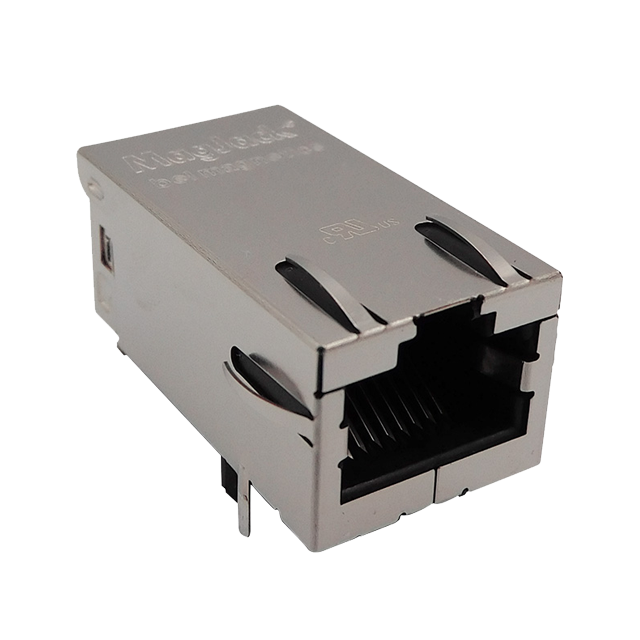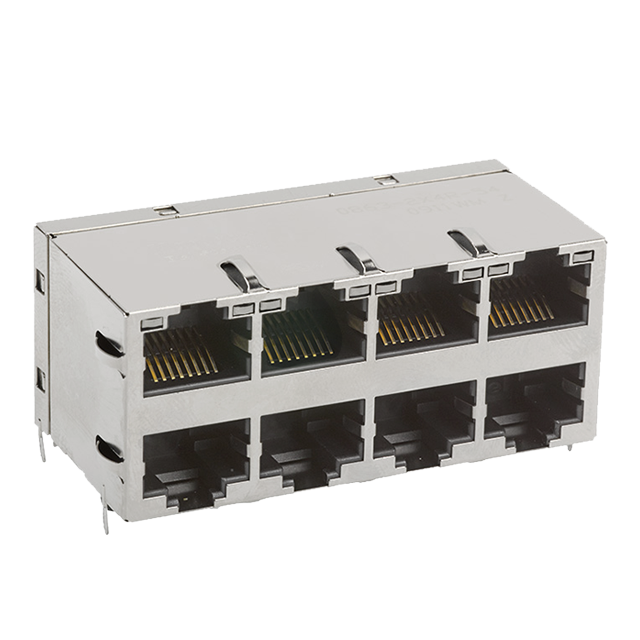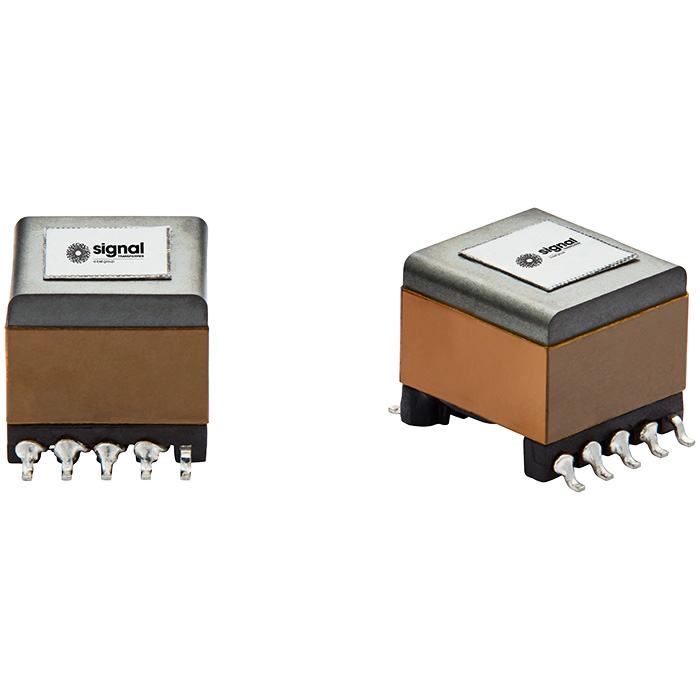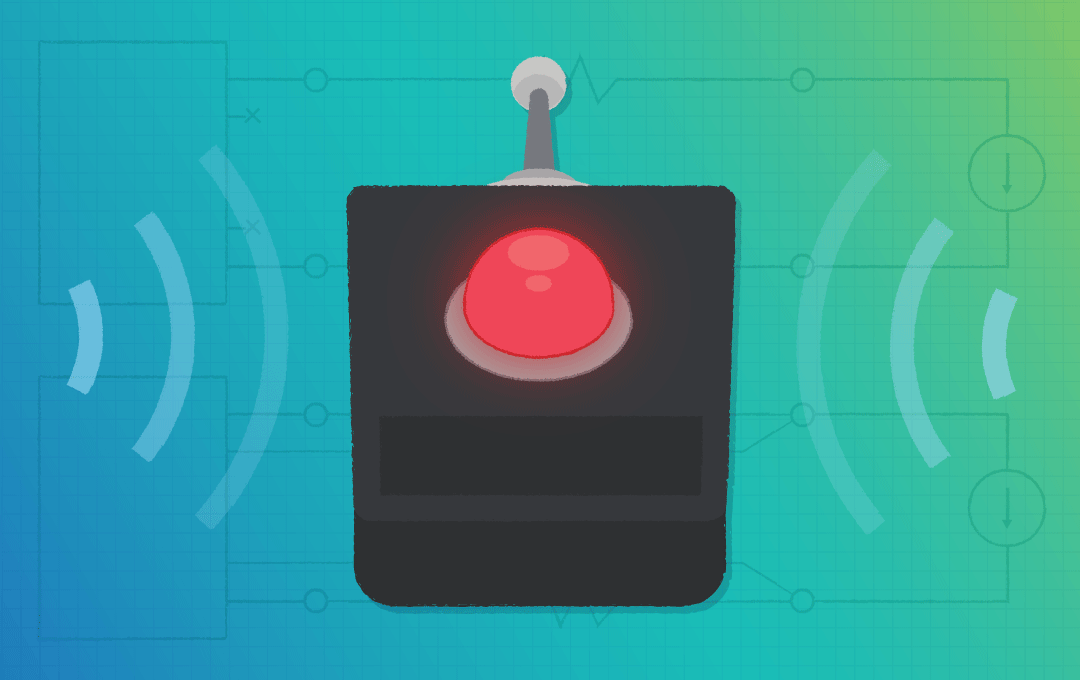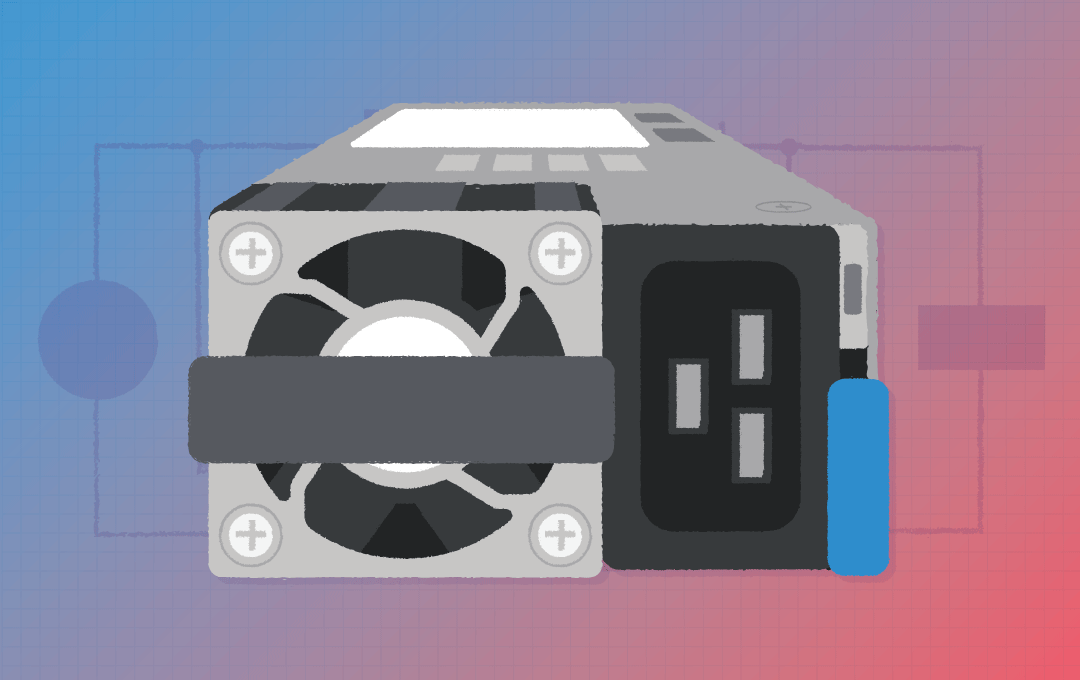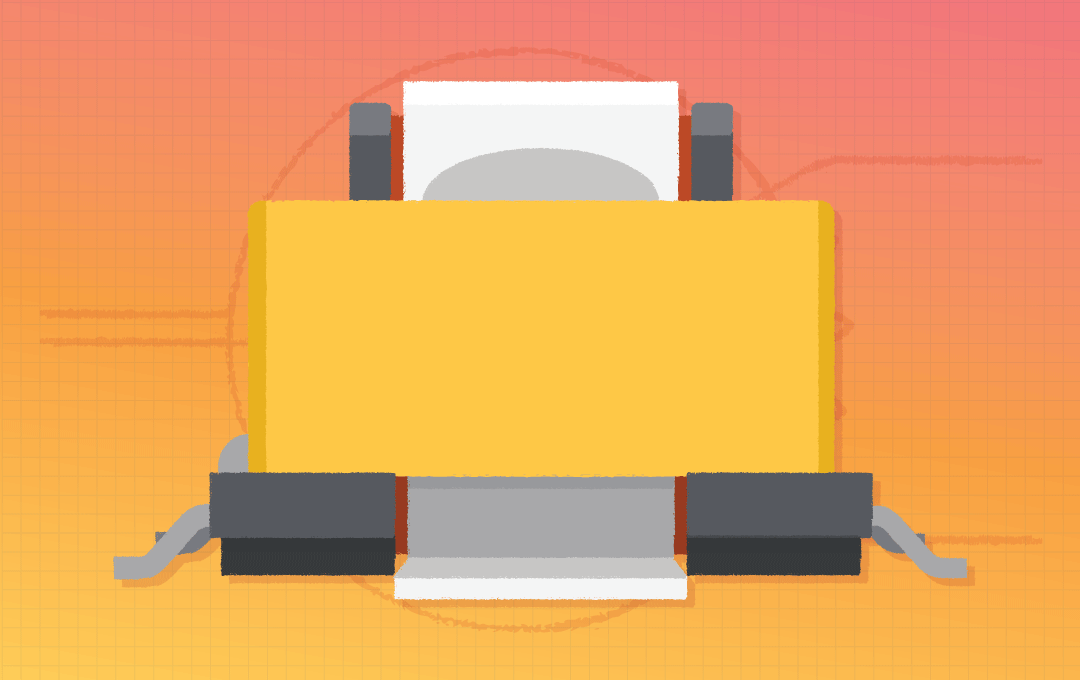Ethernet has proven itself to be a connectivity solution worthy of history books thanks to its ability to support high data rates, work over long distances, and be extremely useful in consumer, commercial, automotive, and industrial applications. The introduction of Power over Ethernet was one of the golden moments in the long history of ethernet, and in this article, we will cover what exactly PoE is, how it works, and why it is so beneficial to designs.
What is Power over Ethernet (PoE)?
As the name suggests, Power over Ethernet (PoE) is a technology that allows for power to be delivered over ethernet cables at the same time as data. While the technology was first developed in 1997, It has only truly taken off over the past decade, becoming a popular choice for engineers.
One significant reason for the initial slow adoption of PoE came from the fact that power has always been readily available in homes and offices (which have historically been the largest ethernet users) via wall sockets, and that the number of internet-enabled devices in such environments has often been low. While industrial sites did contain thousands of connected devices, the use of proprietary connectors, protocols, and software stacks prevented engineers from taking advantage of traditional ethernet cables and associated hardware.
However, thanks to the rise of common standards and co-operation between hardware developers, industrial sites are now able to utilize ethernet, providing reliable time-sensitive networking across vast distances and amongst thousands of devices. As a result of this rapid adoption of ethernet (and the fact that getting power to remote sensors and devices can often be tricky), PoE is becoming a popular option for those working in industrial environments.
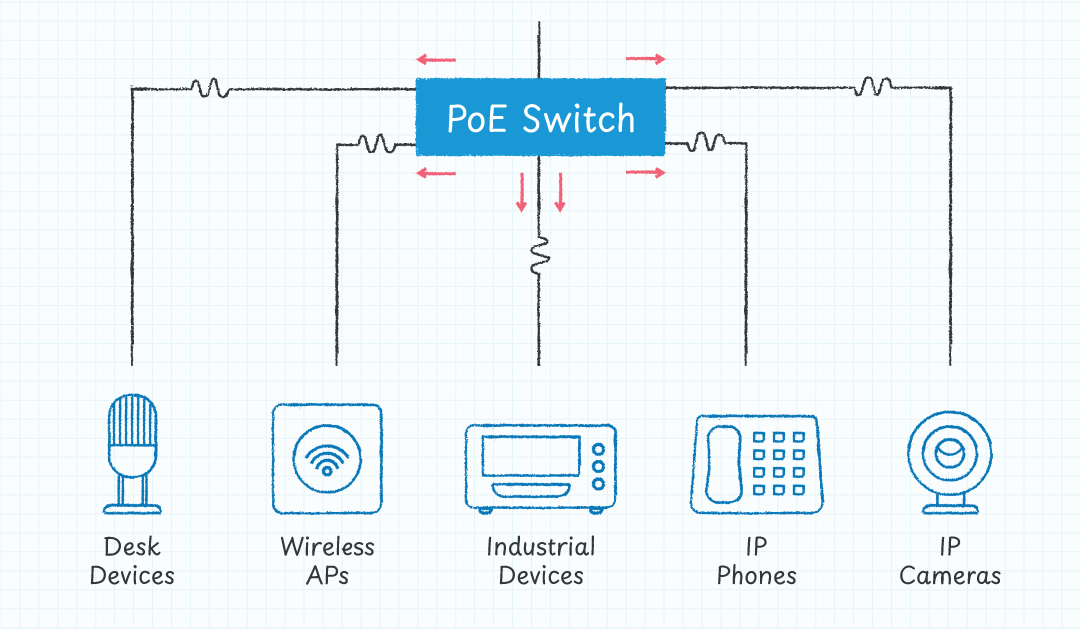
Besides being able to provide power to devices, another major advantage of using PoE comes from its ability to work with most ethernet cables. As PoE is mostly independent of the cable type used, pre-existing ethernet installations can utilize PoE (so long as devices at both ends of the cable support PoE). This also means that a single PoE network switch can provide DC power and communication to as many as 48 devices simultaneously.
How Does PoE Work?
To understand how PoE works, it is first essential to appreciate how ethernet cables work. Ethernet cables, such as CAT 5 and CAT 6 cable types, use 8 wires to form four different twisted pairs, and each twisted pair is used to transmit its own differential voltage signal (giving a total of four differential signals).
For example, sending a logic 0 down a differential line could see one wire pulled up to 12V, while the other is pulled down to -12V, giving a differential of 24V. Then, to transmit a 1, these voltages can be flipped to result in a -24V differential.
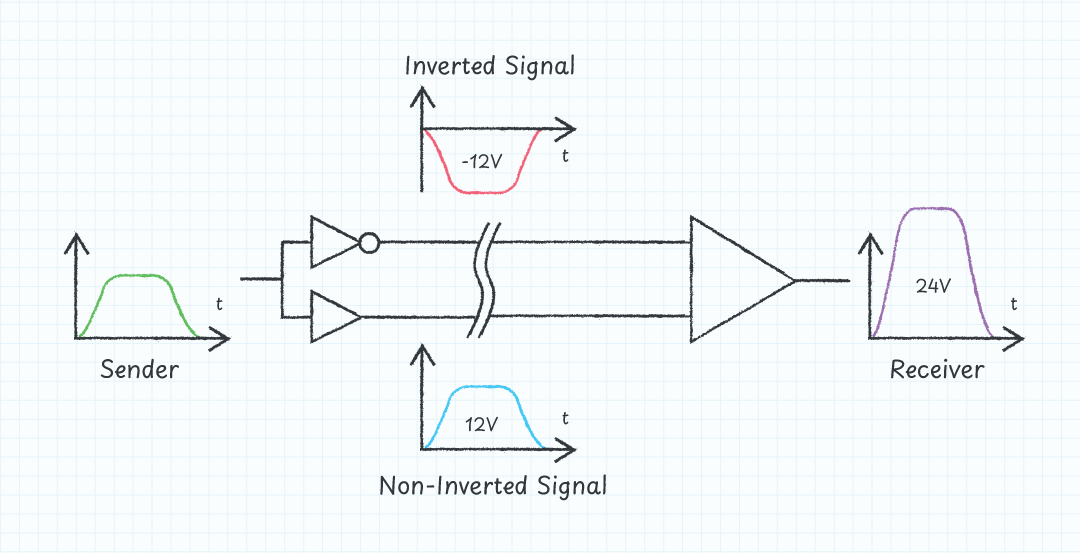
What makes differential signals extremely advantageous is that data being transmitted down a cable has nothing to do with the absolute voltage of the individual wires, but instead, the difference in voltage between two twisted wire pairs. This means that any sudden rise in voltage (caused by EMI) will result in both twisted wires having the same voltage rise, thereby canceling the effect out (this is known as common-mode noise).
But what makes this data transmission technique fascinating is that because it is entirely independent of absolute voltage levels of individual wires in the cable, it becomes possible to apply large DC voltages across multiple twisted pairs, so that power and data can be transmitted simultaneously.
For example, if one set of twisted pairs has a DC bias of 24V, and another has a DC bias of 0V, then while the differential signals are left unaffected, the DC voltage across the two twisted pairs will always have a 24VDC difference. Thus, it becomes possible for a special filter circuit to separate both the AC and DC component of all the cables, allowing data to be read by a controller, while a power circuit can tap off power from the DC bias. This is how PoE works.
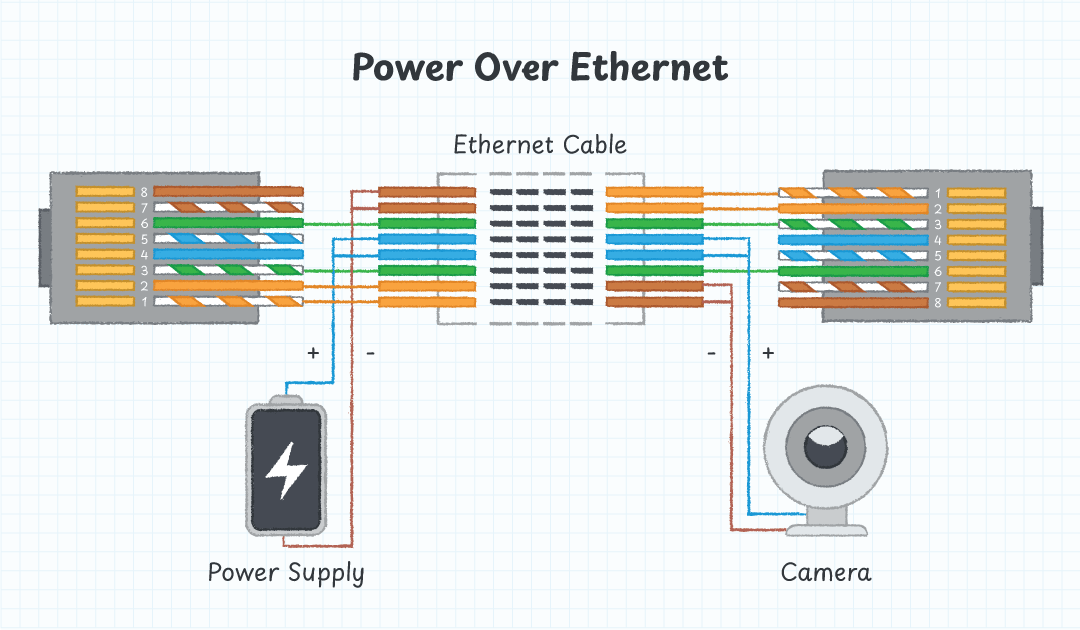
Understanding PoE Modes: A and B
Power over Ethernet (PoE) has two primary modes for delivering power: Mode A and Mode B. In Mode A, power is delivered through the data pairs of an Ethernet cable (pins 1, 2, 3, and 6), allowing power and data to share the same wire pairs. This mode is often used in standard Ethernet networks without requiring extra cables. Mode B, on the other hand, supplies power through the spare wire pairs (pins 4, 5, 7, and 8), which are typically not used for data transmission. This separation of power and data can help reduce interference and is beneficial for certain applications where isolated wiring is preferred. Both modes adhere to IEEE standards, making them compatible with a wide range of devices.
| POE Mode | Pins |
|---|---|
| Mode A | Pins 1, 2, 3 and 6 |
| Mode B | Pins 4, 5, 7, and 8 |
PoE Power Levels
Just like how USB can support numerous voltage, current, and power options, PoE supports numerous standards that dictate the amount of power available. The three main power levels currently available for PoE include 802.3af, 802. 3at, and 802.3bt, with each increasing in power output (802.3bt has two sub-types).
802.3AF – Low Power PoE
802.3af can provide up to 15.4 watts, making it ideal for low-energy devices such as sensors, IoT (Internet of Things) devices, and some low powered computing devices (such as Single Board Computers). While this power level may be small, it can be extremely useful in large-scale networks that deploy hundreds (if not thousands) of low-energy devices.
802.3AT – Medium Power Range
802.3at, also known as PoE+, can provide up to 30 watts. This increased power allows for more power-hungry devices to operate via PoE, including network routers, monitors, and digital signs. The additional power can also be beneficial for IoT devices that require active processors and memory to run small artificial intelligence and other high-compute routines locally.
802.3BT – High Power
802.3bt, also known as PoE++, can provide up to 90 watts and is therefore able to power a wide range of computing and automation systems. Some computing systems, such as tiny desktop machines and thin clients, can operate entirely on this power level via PoE, and automation equipment can also take advantage of this power level, especially for machinery used in industrial processes. Additionally, the high-power capabilities of 802.3bt make it practical for LED lighting and some security cameras, which often require higher currents to operate from.
| IEEE Specification |
PoE Type | Power Level | Rated Power | Powered Twisted Pairs |
|---|---|---|---|---|
| 802.3af | Type 1 (PoE) | Low | 15.4 W | 2 |
| 802.3at | Type 2 (PoE+) | Medium | 30.0 W | 2 |
| 802.3bt | Type 3 (PoE++) | High | 60.0 W | 4 |
| 802.3bt | Type 4 (PoE++) | Higher Power | 90 W | 4 |
Why is PoE so Advantageous?
By far the greatest advantage of PoE is its ability to provide a device with both power and data over a single cable, eliminating the need for any additional adaptors or power sources. This is especially true for low powered devices that need to utilize a low-voltage power adaptor (such as a USB charger) which itself can have poor efficiency and excessive costs.
This use of a single cable not only significantly reduces the cost of installation, but also simplifies the installation process, further reducing the chances of installation errors. As PoE utilizes standard RJ45 ethernet cables, installers are unlikely to cause damage by using incompatible chargers and/or power supplies with devices, thereby saving costs on damage during installation and testing.
The use of a single cable also reduces the weight of cables, which is extremely beneficial in applications where weight is a concern (such as automotive and aerospace systems). Using a single cable also helps reduce the number of fault points to a single cable, improving reliability. In situations where a cable does become damaged, the effects would be instantly detectable from the host side, as power consumption would drastically change, and that data would no longer be available.
Finally, as PoE is closely tied into network switches, it becomes possible for true power consumption to be properly recorded, thereby allowing engineers to make better decisions on the devices they use, identify devices that may be faulty, and find ways to reduce energy consumption.
PoE Applications
As electronic devices continue to decrease in cost and size, the use of PoE is becoming increasingly popular as a means for powering and communicating with devices over the same cable. While PoE is already commonly found in industrial and commercial systems, its use in other sectors is also growing, with all industries being able to take advantage of its ability to power and communicate with devices via a single cable.
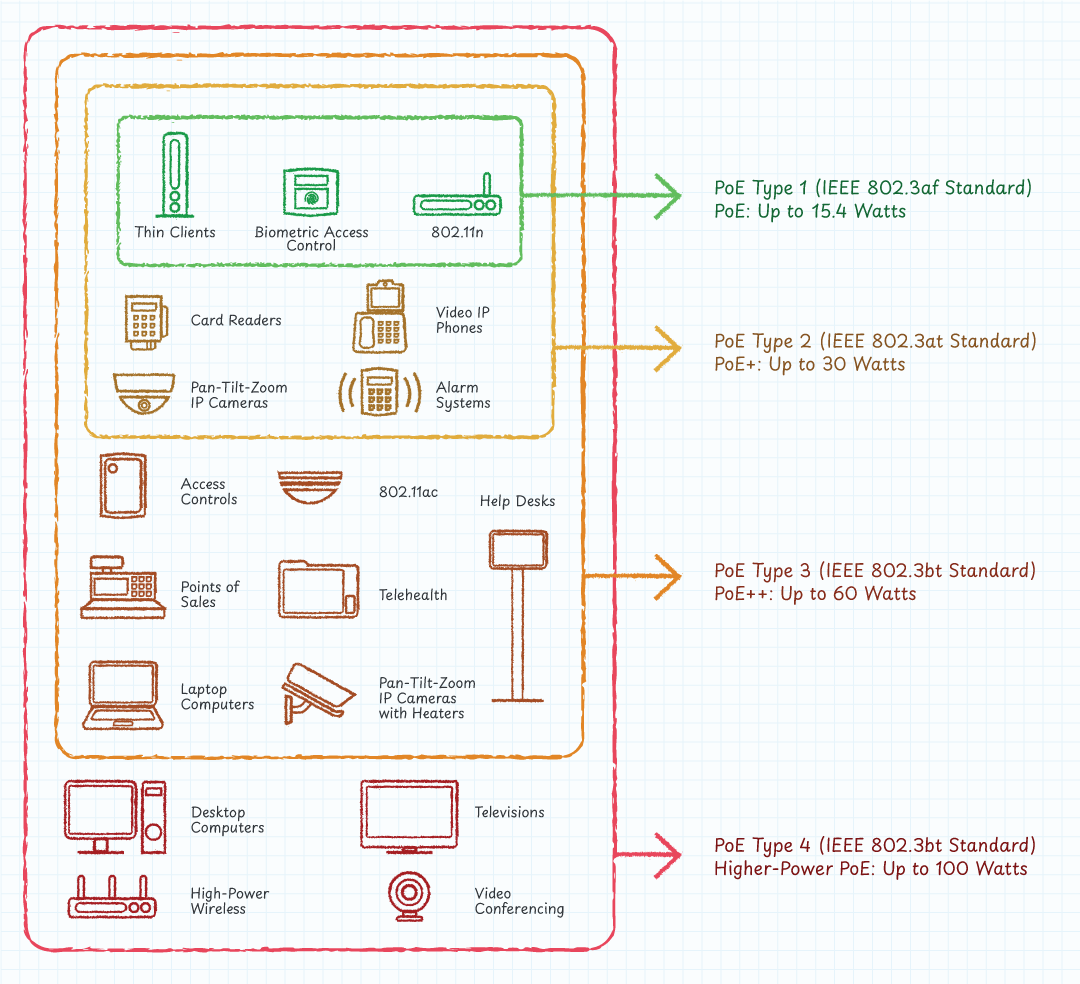
Industrial
Industrial sites can utilize PoE thanks to the need for numerous sensors and access points in large open spaces. The massive scale of such installations makes using standard power sources impractical, and the many thousands of devices needed can create complex cable installations. Thus, PoE allows for devices to both draw power and send data using a single cable, reducing both the cost of installation and the number of cables needed.
Medical
In medical environments, PoE can help by providing isolated power and data connections. Due to the sensitive nature of medical equipment (and the proximity to human contact), engineers need to ensure that signals and power do not interfere with each other, nor can voltage surges make their way to sensitive components. As such, the use of isolated PoE allows for both power and data to be transferred over a single cable all while minimizing signal interferences, improving mobility, and providing a degree of electrical safety.
Commercial and Internet of Things (IoT)
Commercial and IoT environments can take advantage of PoE, thanks to the low-cost nature of PoE. The mass deployment of sensors in smart cities and buildings would require a power source next to each device and considering that these power supplies would be AC-DC converters with inbuilt regulators, their cost and inefficiencies would quickly add up. As such, PoE can provide both power and data connectivity with minimal installation challenges and maximized power efficiencies.
Mitigating PoE EMI
For all the benefits that PoE provides, integrating it into devices can present some unique challenges.
The first challenge faced with PoE is the need for many components that must work together in a precise manner. For example, each PoE device needs to integrate a low pass filter (LPF) for filtering out high-frequency components from the power signal, as this is critical for reducing EMI. However, the use of such filters also impacts the bandwidth of the Ethernet connection, which is why PoE devices often use carefully matched components to ensure optimal performance.
The second challenge faced with PoE is the careful tuning needed to ensure that the power and data signals behave in a predictable manner. Unlike typical ethernet connectors, the traces between the various PoE components need to be carefully matched, the type of connector used must be able to handle the power requirements, and the positioning of the components must be done in a precise manner.
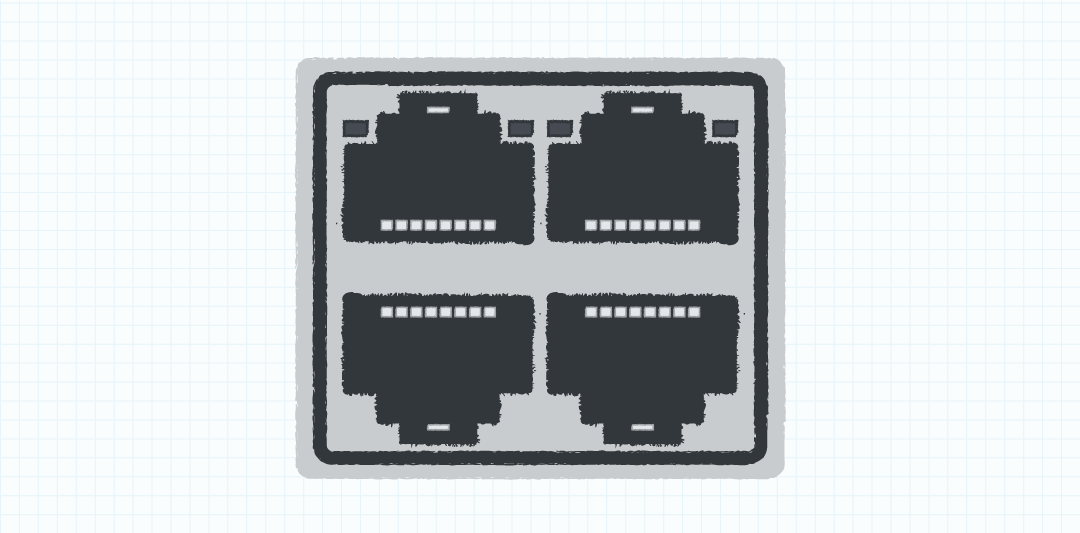
Fortunately, the introduction of Bel’s MagJack® Integrated Connector Modules (ICM) has massively helped engineers by incorporating all the magnetics needed for PoE into the RJ45 connector jack. These modules integrate all the magnetics, LPF, voltage regulators, and other components essential for PoE while also providing a simple and compact solution for engineers. The use of ICMs also helps to reduce EMI by ensuring that all components are shielded and correctly decoupled, making them ideal for industrial environments subject to strong magnetic and electric fields. Furthermore, as ICMs are packaged into small modules, engineers can further shrink their designs.
PoE Simplifies System Design
PoE clearly offers many benefits. Providing both power and data at the same time and eliminating the need to route dedicated power lines to end devices, engineers not only save money and time on installations, but also introduce a significant amount of simplicity. Of course, PoE is only able to provide up to 90 W at its upper limit, but as technology continues to progress, this could very well change.
Ready to explore how Power over Ethernet (PoE) can elevate your next project? Contact Bel Fuse today to learn more about our reliable, high-performance PoE solutions and discover how we can support your connectivity needs!


